What Causes the Northern Lights?
The Northern Lights, also known as the Aurora Borealis, are among the most captivating natural phenomena on our planet. But what exactly causes these mesmerizing displays in the sky? It all begins with charged particles from the sun that are constantly streaming through space. These particles slam into Earth’s magnetic field, creating collisions with gases in our atmosphere. This interaction produces a cosmic ballet of lights that dance across the heavens. Imagine if Earth were a giant canvas, and the sun used its solar wind as a paintbrush to spread vibrant hues across the night sky. It’s a stunning visual reminder of the incredible interplay between our planet and the cosmic forces surrounding us.
They Can Be Seen from Space

Astronauts aboard the International Space Station (ISS) are treated to a unique perspective of the Northern Lights that few of us on Earth will ever experience. Viewing the auroras from above the planet not only offers a different angle but also showcases the vast scale of these luminous waves. Imagine floating above Earth and witnessing colorful ribbons that stretch out seemingly forever. It’s like being on the front row of a universal grand spectacle. This extraterrestrial view reminds us of the grandeur and vastness of our planet’s natural wonders, showing that the magic of the auroras knows no bounds, even in outer space.
Best Time to See Them
If you’re planning an adventure to witness the Northern Lights, timing is everything. The best period to catch these luminescent wonders is during the winter months between September and April. During this time, nights are long and uninterrupted by daylight, enhancing the visibility of the auroras. Picture heading out on a cold winter night, bundled up against the chill, as you search the sky for a glimpse of those elusive lights. The crisp, clear winter air acts as the perfect backdrop for these displays, making the sight even more magical. The allure of the Northern Lights serves as a cozy invitation to brave the cold and partake in this once-in-a-lifetime experience.
Where to Watch?
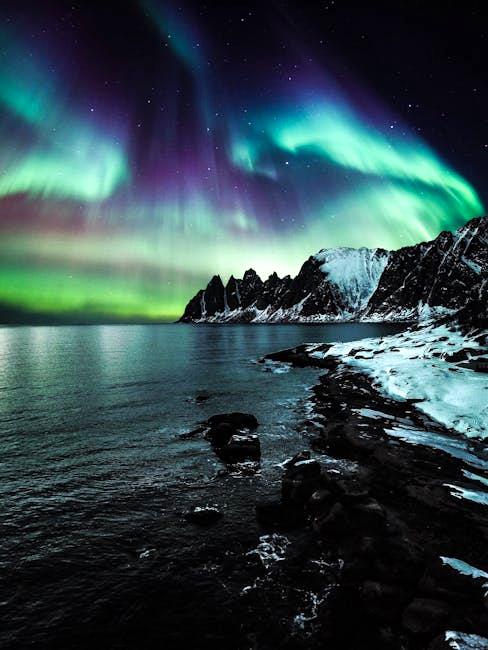
For those eager to witness the Northern Lights, there are specific locations that are popular for their spectacular displays. Countries such as Norway, Sweden, Iceland, Finland, Canada, and Alaska provide a front-row seat due to their proximity to the Arctic Circle. Parcel yourself off to a remote Norwegian fjord, or wander Icelandic fields cloaked in snow. Imagine standing on a snow-covered hillside, the cold air tingling in your nose, eyes scanning the horizon for those first faint glimmers of color. Each location offers its own unique perspective and cultural charm, truly making the journey to see the Northern Lights a richly rewarding adventure.
Mythical Origins
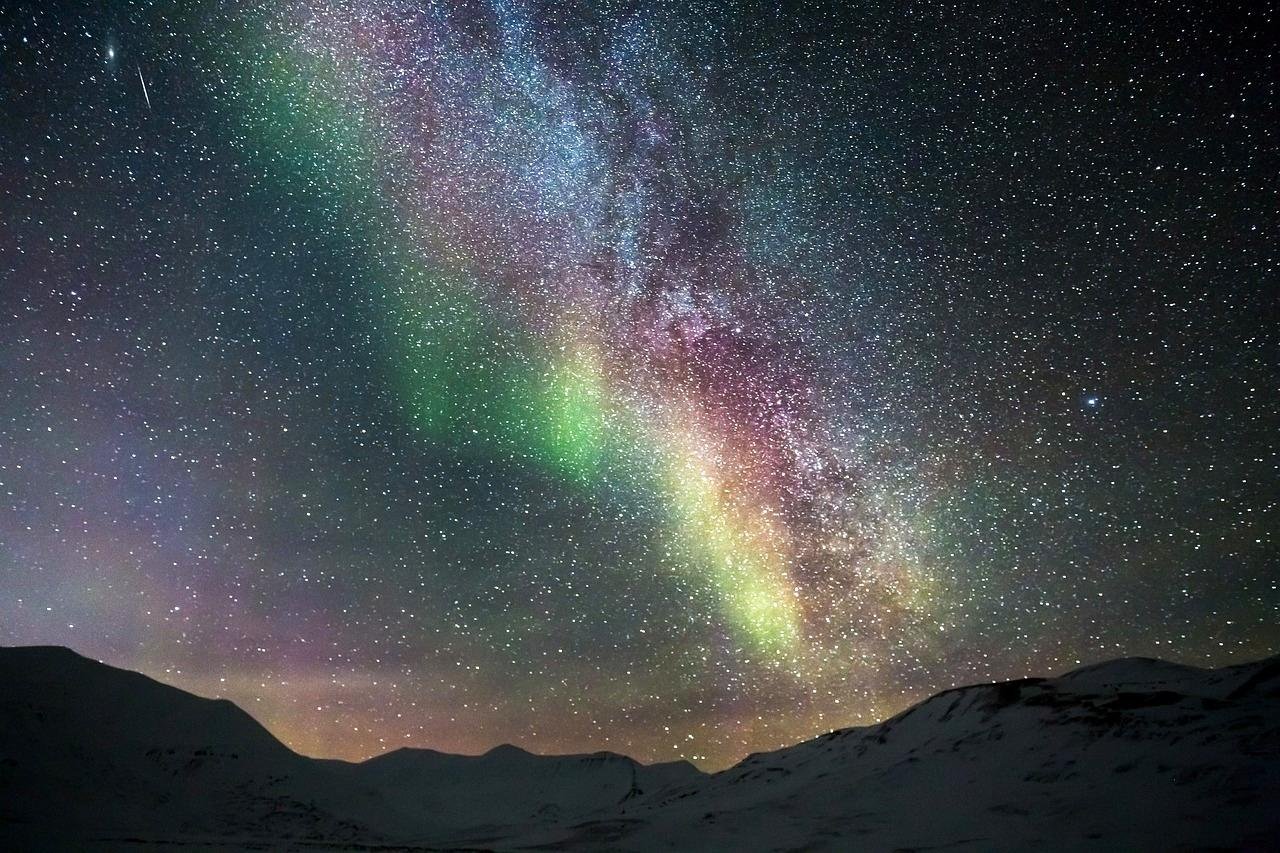
The Northern Lights have captivated humanity for centuries, giving rise to countless myths and legends. In ancient times, the Sámi people of Scandinavia held a particularly charming belief. They thought the lights were caused by a mystical fox running through the snow, its bushy tail creating sparks that ignited the sky. It’s fascinating how different cultures tried to explain these celestial occurrences, often imbuing them with stories of magic and wonder. These mythologies not only showcase the ingenuity of humankind in attempting to understand the unknown but also highlight our intrinsic desire to connect with the natural world through storytelling.
Not Just in the North
While most of us may be familiar with the Northern Lights, there’s a counterpart in the Southern Hemisphere known as the Aurora Australis, or Southern Lights. This spectacle is best viewed from Antarctica, Tasmania, and New Zealand. Imagine crossing oceans to find yourself on the icy plains of Antarctica, filled with anticipation as you await nature’s lightshow. Both auroras are fundamentally the same phenomena, driven by solar winds, yet each holds its own distinct charm. The existence of the Southern Lights reminds us that Earth’s wonders don’t just happen in one part of the world, but are beautifully scattered across our planet.
Colors Depend on Altitude
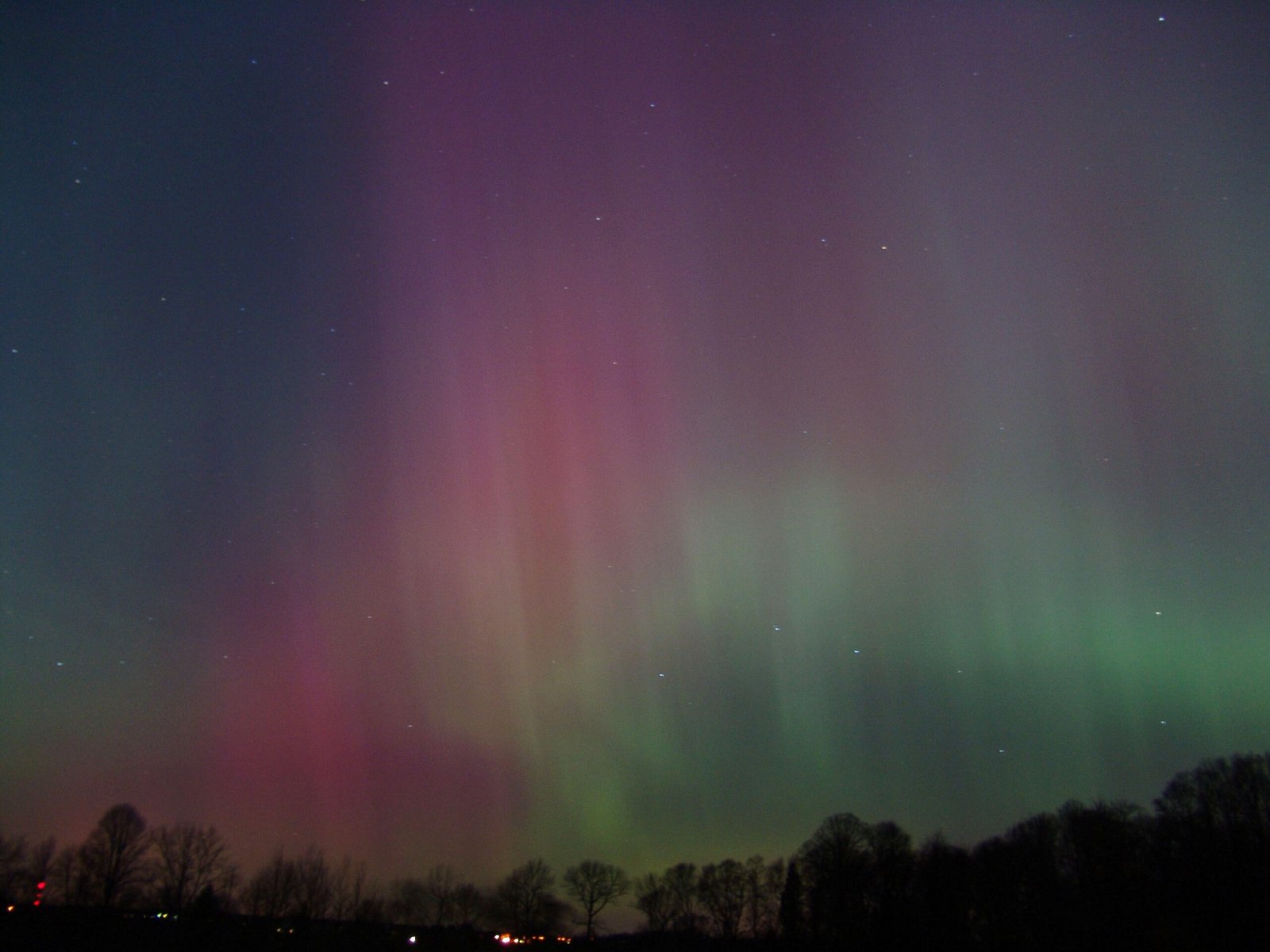
The color palette of the Northern Lights is nothing short of extraordinary, ranging from vibrant greens to more rare reds, pinks, blues, and purples. These colors arise due to the type of gas particles and their altitude during interaction. Green is most common and occurs when particles collide with oxygen at lower altitudes, while red can occur higher up. Imagine the sky as an artist’s palette where the elements play a role akin to brushes. The variety and vibrancy of these colors add an extra layer of fascination and encourage people to follow closely the science behind this natural marvel.
Solar Activity Is Key
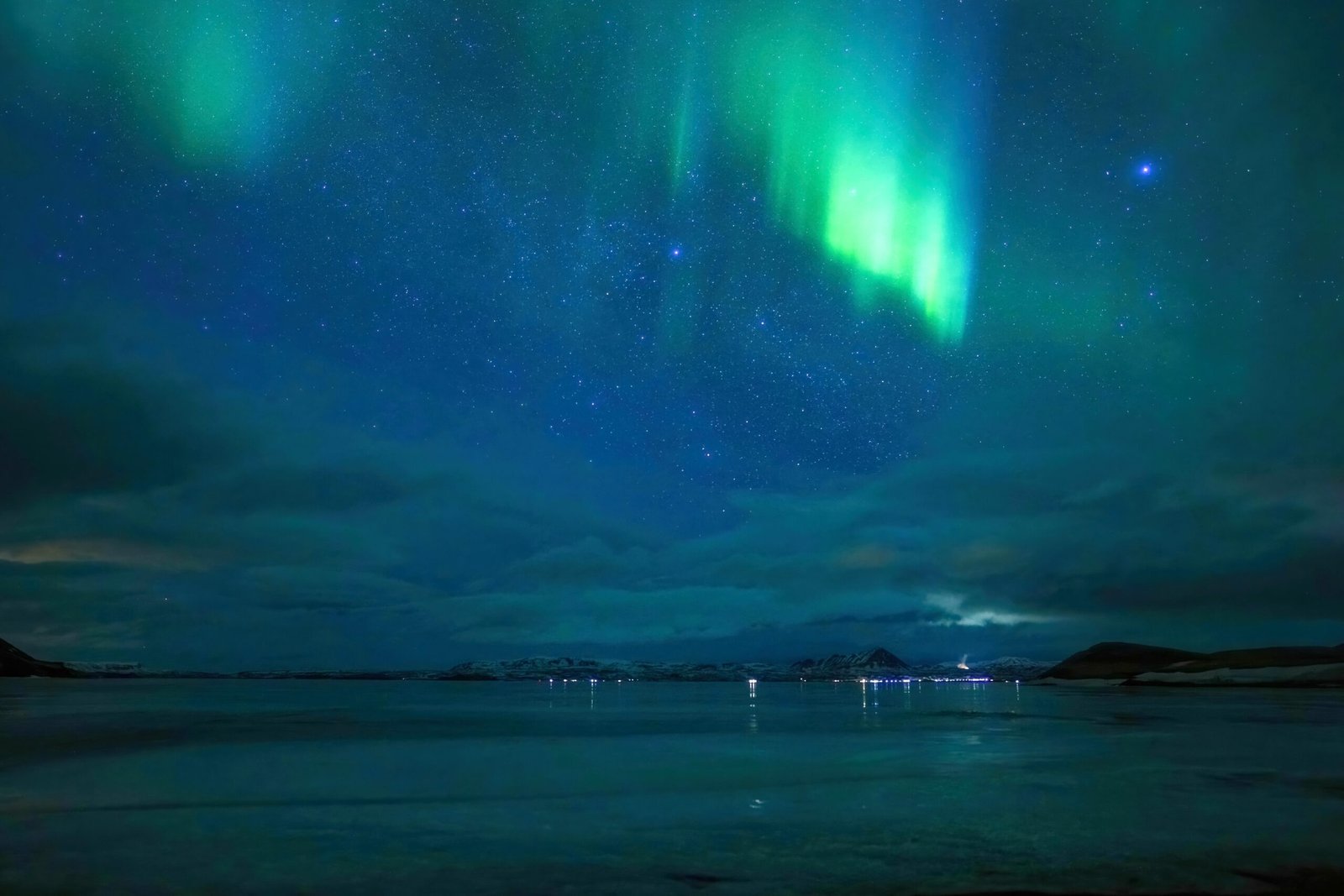
The intensity and frequency of the Northern Lights are intricately tied to solar activity. The sun’s 11-year cycle plays a significant role in how often and how brilliantly the auroras appear. A peak in this cycle, known as the solar maximum, results in more frequent and dazzling displays. Consider the northern skies as a symphony of lights, with solar flares serving as the conductor that directs the orchestra. Understanding this connection emphasizes how our very own star, the sun, has a profound effect on earthly phenomena and can make or break the dreams of those hoping for a dazzling auroral display.
Quiet but Electric

While auroras captivate the eyes, their silence leaves much to the imagination, though some have reported faint sounds like crackling or buzzing accompanying the lights. This phenomenon remains a mystery, sparking the curiosity of scientists and aurora-chasers alike. Imagine standing in utter silence, surrounded by nature, when suddenly a soft, ethereal sound drifts through the air in sync with the shimmering lights above. The idea that these stunning displays might have sound only adds an extra layer of magic to an already enchanting experience. This enigma serves as yet another reminder of how much there still is to learn about the natural world.
Chasing the Lights Requires Patience
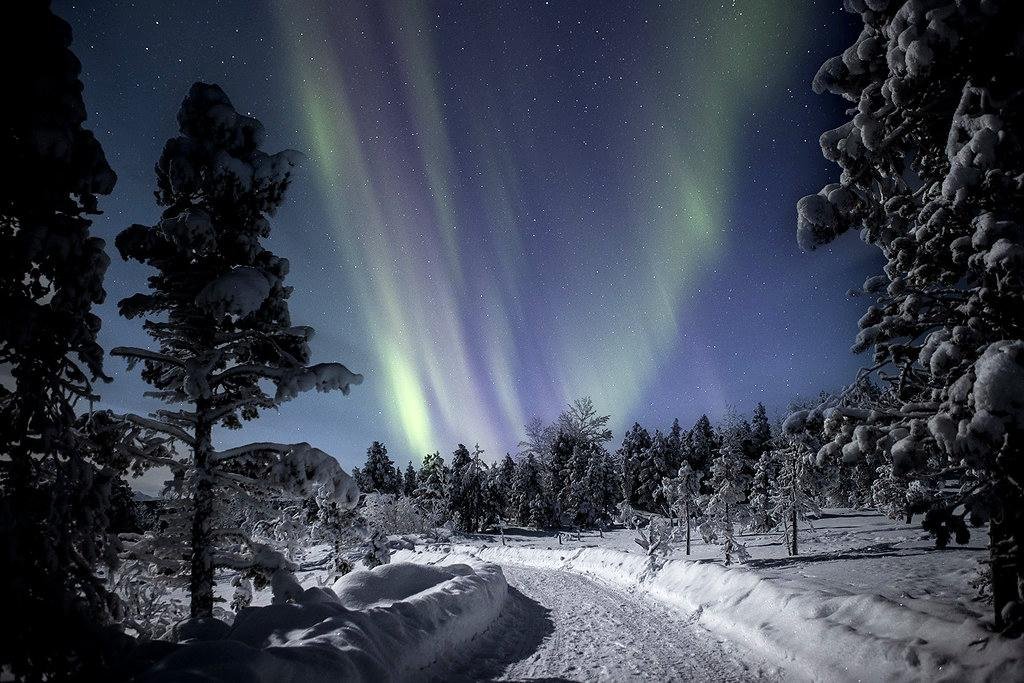
For those embarking on a quest to witness the Northern Lights, patience is more than just a virtue—it’s a necessity. Weather conditions, geographic location, and solar activity all play crucial roles in determining your chance of seeing the lights. Imagine setting out under a starry Arctic night, only to wait and watch among a group of hopeful spectators, all sharing the same dream. Some travelers wait weeks, sometimes even months, for that one breathtaking display. This element of uncertainty adds an exciting and challenging aspect to the adventure, making the eventual reward all the more exhilarating when it finally graces the skies.
